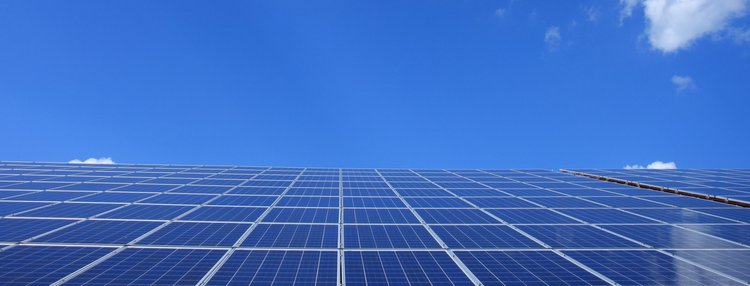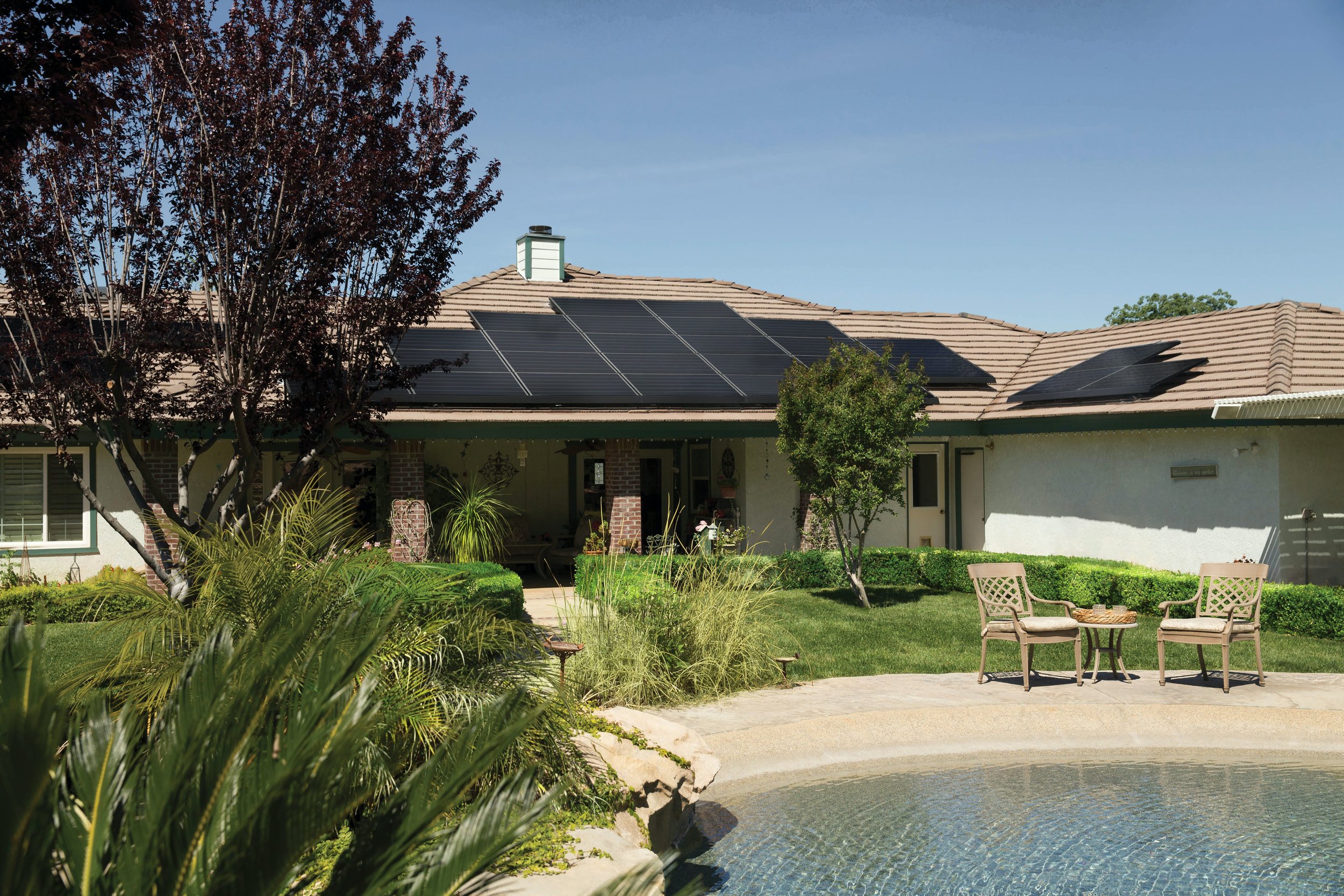Florida has been running on the sun for generations. Whether tourism, agriculture, or snowbirding, the sun has been a powerful economic draw to the aptly-named sunshine state.
Now, the sun is a growing energy source.
With over 100,000 households already using solar energy—and thousands more projects on the go between Florida’s many local and national solar contractors—the state is primed to keep growing despite political challenges.
Speaking with Scanifly, four solar professionals in Florida—Jason Gonos, Director and Co-Founder at PPM Solar, Brad Whitney, Regional Installation Manager, and Mateo Hernandez, East Coast Survey Manager at Lumio Solar, and Chris Maingot, Senior Designer at Solar Source—explained how solar energy has grown in Florida and where it’s going next.
The origins of Floridian solar energy
In the earlier days of solar in Florida, Chris, a solar designer, noticed how common it was first for hot water heating and later for pool heating purposes. Chris had been in the field for years before moving into his current managerial role at Solar Source, and he saw the growth of solar pool heating firsthand.
“Pool heating is a big part of solar in Florida,” said Chris. “It’s one of the best ways to heat your pool because it’s a one-time cost without any fuel costs later.”
Chris said solar started with hot water heating and moved into pool heating, though now the focus is primarily rooftop solar, which is growing steadily. Solar Source is now doing hundreds of solar projects per year, and Chris noticed other contractors are doing the same.
As rooftop solar started to pick up, Chris also noticed that people are doing it not just for financial reasons. Yes, people want to save money as fossil fuel costs rise, but a lot of people are choosing to do it simply because they feel it’s the right thing to do.
“I’ve seen older folks in their 70s and 80s buying solar systems for their houses,” said Chris. “They likely won’t be alive to recoup those savings, but they do it because they feel it’s the right thing to do.”
A growing industry

Within the rooftop solar energy space, a lot of national players are coming into the state. Lumio, on the other hand, went the opposite way—it was a local vendor in Florida called Atlantic Key Energy that merged with other vendors in different states to share resources, make things more efficient for customers, and tackle a larger geographic area.
Brad, an installation manager, said he’s seen demand skyrocket, especially in Florida, which has far less solar saturation than other states like California or Colorado. He attributes this shift to increasing power costs, but also a demographic that is no longer fighting climate science and wants to do their part.
Both Brad and Mateo, a surveyor manager, have also seen the average buyer age go way down, from 40s-50s before to people in their 30s as younger homebuyers want energy independence.
“I think the motivation for solar is equally people wanting to save money, help the environment, and gain energy independence,” said Mateo.
Some contractors are even going beyond residential solar. Jason, co-founder of PPM Solar, for example, is now leading the company’s commercial solar arm as more businesses want the cost predictability of solar rather than fluctuating fuel costs.
“In commercial projects, it’s a business decision and ultimately comes down to the numbers,” said Jason.
A political thorn in the future of solar

As demand for solar grows, so too do its enemies.
Fossil fuel and utility interests recently put a bill forward to cap net metering—a common practice where solar system owners get discounts on their utility bill equal to the amount of electricity they produce with panels—that would have seriously harmed the growing rooftop solar industry. Governor Ron DeSantis ultimately vetoed the bill against his own party that passed it in the state house of representatives and state senate.
As a solar business owner, Jason sees this is both cause for concern but also celebration. He worries that the attacks won’t stop since utility and fossil fuel companies have nearly unlimited funds to launch attacks.
However, to him it also means that solar is truly powerful.
“There’s an onslaught of attacks from people making money from the status quo, but that means solar is working and doing what it’s supposed to do,” said Jason.
Brad, Mateo, and Chris take a similarly positive outlook on the future of solar in Florida. There’s a lot of excitement for more demand, with Brad noting that market demand is continuing to grow as the costs of traditional electricity and power go up. Because demand is growing and the business case for solar is strong, Brad doesn’t even feel a federal government incentives is strictly necessary to keep the ball rolling.
“Even if we don’t get any federal push, we’re still primed to be on an upward demand curve,” said Brad. “Solar in Florida is a no-brainer.”
Images Sourced from Pexels.com






